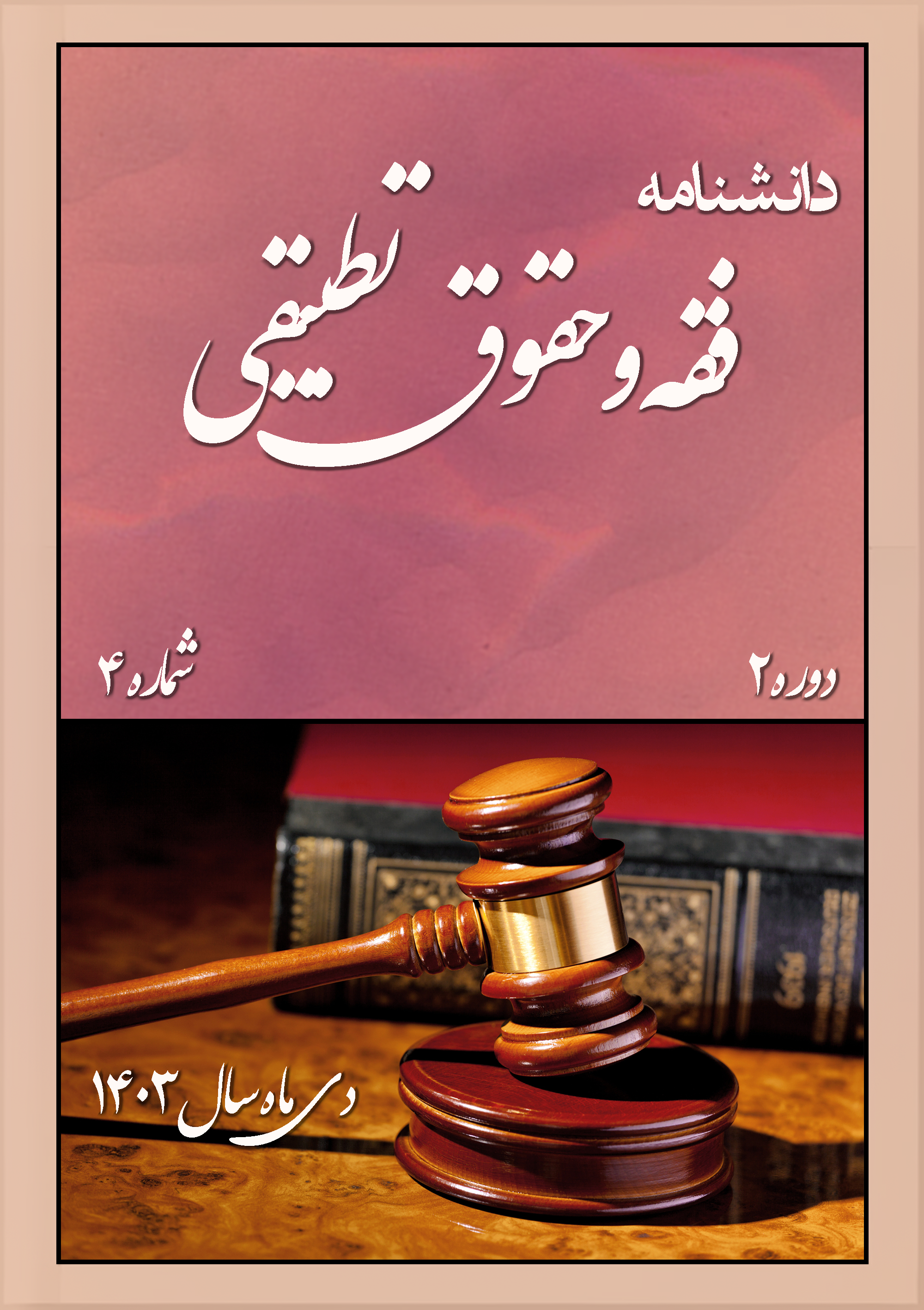The Role of Judges’ Mental Models in the International Court of Justice in Developing International Environmental Jurisprudence: A Case Study of the Gabcikovo–Nagymaros Project
Keywords:
International Court of Justice, Gabcikovo–Nagymaros, international environmental law, judges’ mental modelsAbstract
Recent developments in the field of international environmental law have further highlighted the role of the International Court of Justice (ICJ) in interpreting and advancing environmental principles. One of the most prominent manifestations of this transformation can be seen in the Court’s judgment in the Gabcikovo–Nagymaros case. In this judgment, the judges went beyond a literal interpretation of treaty texts by relying on emerging principles such as sustainable development, good faith, and cooperation. This article focuses on the mental models of the judges and examines how their legal, interpretive, and philosophical backgrounds influenced judicial decision-making in this case. The findings reveal that the Court, by integrating traditional legal standards with emerging environmental imperatives, has gradually contributed to the development of international environmental norms. The use of purposive and systematic interpretation, reference to general principles of law, and attention to contemporary international considerations affirm the presence of a dynamic and influential mental model in the judges' decision-making process.
Downloads
References
Bazdar, V. (2017). Content Analysis of the International Court of Justice's Judgment in the Gabcikovo-Nagymaros Case. Quarterly Journal of Legal Excellence(18).
Bernauer, T., Siegfried, T., & Petrykowska, J. (2012). Climate change and international water conflict in Central Asia Environmental Conflicts in International Law: The Case of the Gabčíkovo-Nagymaros Project. Journal of Peace Research. https://doi.org/10.1177/0022343311425843
Birnie, P., Boyle, A., & Redgwell, C. (2009). International Law and the Environment. Oxford University Press.
Bodansky, D. (2010). The Art and Craft of International Environmental Law.
Boyle, A. (1997). The Gabčíkovo-Nagymaros Case: New Law in Old Bottles. Netherlands International Law Review.
Boyle, A. (1999). Some Reflections on the Relationship of Treaties and Soft Law. International and Comparative Law Quarterly. https://doi.org/10.1007/978-94-017-6964-8_3
Boyle, A., & Chinkin, C. (2007). The Making of International Law. Oxford University Press. https://doi.org/10.1093/law/9780199213795.001.0001
Dupuy, P. M., & Viñuales, J. E. (2015). International Environmental Law. Cambridge University Press.
Dworkin, R. (1987). Taking Rights Seriously.
Fitzmaurice, M. (2010). Contemporary Issues in International Environmental LawCY - Edward Elgar Publishing. https://doi.org/10.4337/9781848447318
Grossman, N. (2013). Solomonic Judgments and the Legitimacy of the International Court of Justice. Georgetown Journal of International Law.
Mansourabadi, A., Yavari, J., Sheidaian, M., & Rahimi Nejad, A. (2017). Judicial Decision-Making Models in the United States and Iran. Quarterly Journal of Criminal Law Research, 5(18).
Petrykowska, J. (2014). Environmental Conflicts in International Law: The Case of the Gabčíkovo-Nagymaros Project. Polish Yearbook of International Law.
Redgwell, C. (2012). in: Evans, M.D. (ed.), International Law. Oxford University Press.
Sands, P., & Peel, J. (2018). Principles of International Environmental Law. Cambridge University Press. https://doi.org/10.1017/9781108355728
Schrijver, N. (2008). The Evolution of Sustainable Development in International LawCY - Brill. https://doi.org/10.1163/9789047444466
Shany, Y. (2006). The Competing Jurisdictions of International Courts and Tribunals. Oxford University Press.
Slaughter, A. M. (1994). A Typology of Transjudicial Communication. University of Richmond Law Review.
Thirlway, H. (2002). The Law and Procedure of the International Court of Justice: Fifty Years of Jurisprudence. Oxford University Press.
Weiss, E. B. (2008). In Fairness to Future Generations. In.
Zaheri, A., & Rezazadeh, S. G. (2018). The Practice of the International Court of Justice in Developing International Environmental Law Comparative Study of States' International Responsibility for Environmental Damages. Journal of Contemporary Legal Studies, 4(1).
Zemanová, Z. (2007). National Identity and Ethnic Minorities in Slovakia. Institute for Public Affairs.
Downloads
Published
Submitted
Revised
Accepted
Issue
Section
License
Copyright (c) 1403 Saeed Samami, Soudeh Shamloo, Dariush Ashrafi (Author)

This work is licensed under a Creative Commons Attribution-NonCommercial 4.0 International License.










